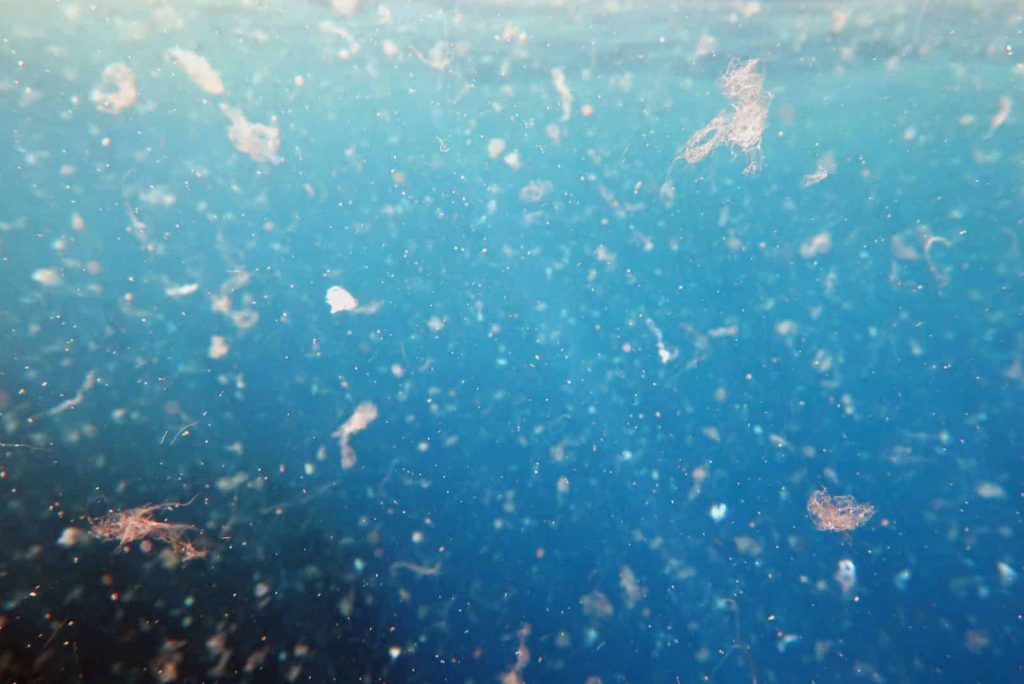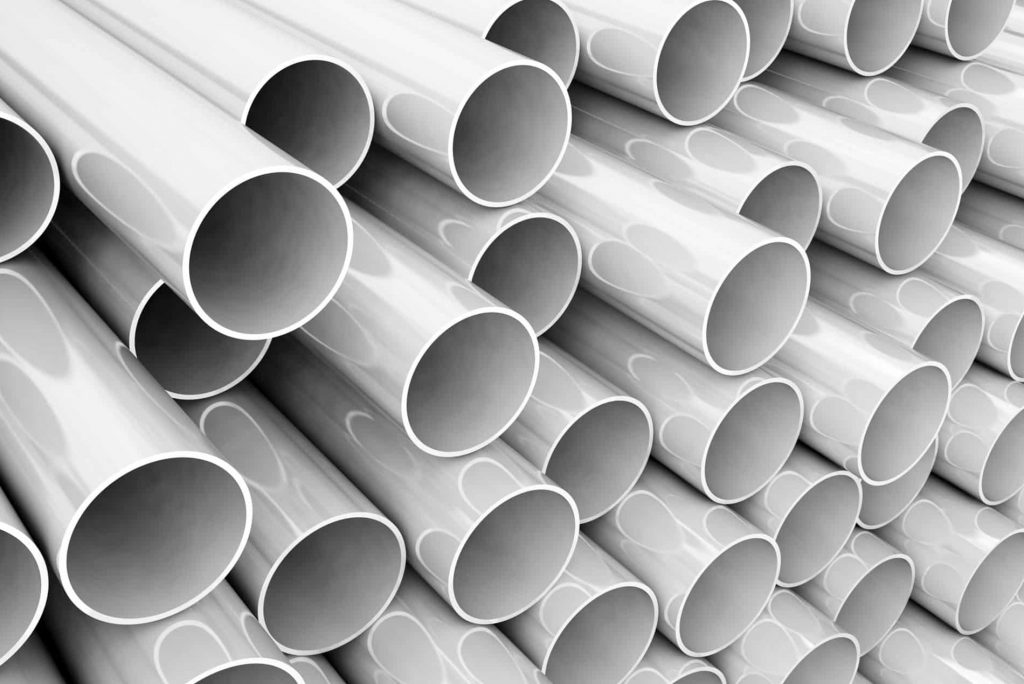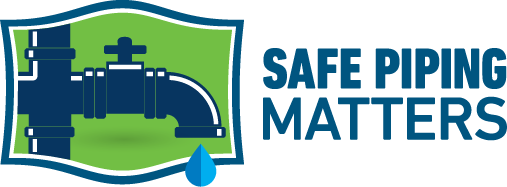Water Quality and the Global Microplastic Crisis

Water Quality and the Global Microplastic Crisis The use of plastic piping has become commonplace, yet there is mounting evidence that plastic is directly damaging water quality. Over the past few years, several third-party studies have made three conclusions: microplastic fragments are abundantly present in water, humans are unknowingly consuming them, and they release toxins when […]
Fires Melt Plastic Pipes and Release Carcinogens into Water Supplies

Fires Melt Plastic Pipes and Release Carcinogens into Water Supplies As fires like the devastating Camp Fire occur nationwide, water quality crises have become part of the aftermath. In recent years wildfires have claimed cities, communities and millions of acres of land. According to the National Interagency Fire Center, 10 million acres burned in 2017, 8.8 […]
The Rise and Fall of Lead Piping: A Brief History

The Rise and Fall of Lead Piping: A Brief History Lead piping was used in almost every major U.S. city for many plumbing applications in 1900, including to transport drinking water. Millions of lead pipes are still in in use across the country. As demonstrated by serious lead-in-water incidents in Flint, Michigan; Milwaukee, Wisconsin; Newark, New Jersey […]
Study Highlights Limited Environmental Standards for Leachable Substances into Drinking Water

Study Highlights Limited Environmental Standards for Leachable Substances into Drinking Water A new study conducted by Gradient, an environmental and risk sciences consulting firm, examined the chemical composition of six commonly used commercial construction plastic piping materials and identified their leaching potential. A total of 163 substances were identified in these piping materials, of which […]
